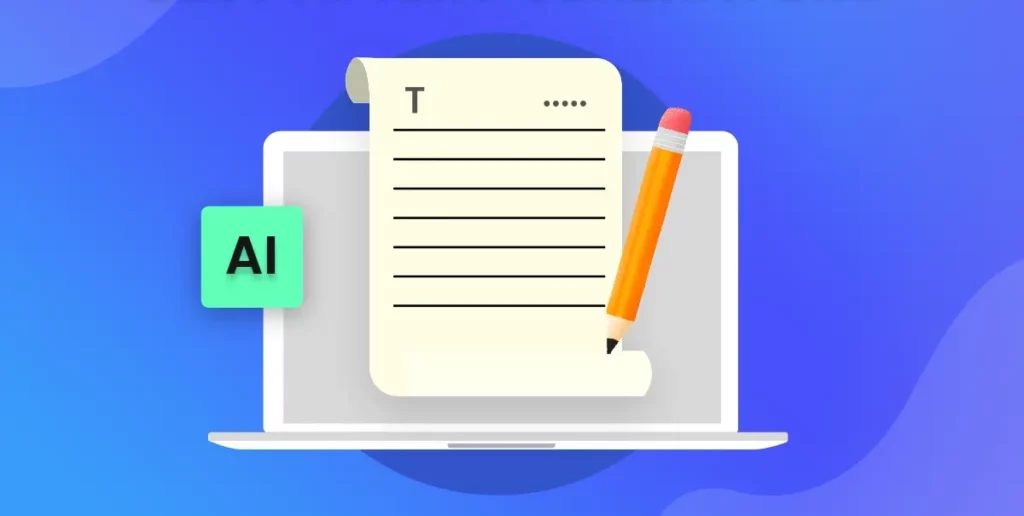Identifying content generated by artificial intelligence (AI) can be like trying to find a needle in a virtual haystack, but there are certain clues that can help distinguish it from human-generated content.
It’s becoming increasingly urgent to differentiate the spam that some AI content is turning into from the genuine stuff. For editors, teachers, scholars, heads of department in companies, and public administrations, it can be very challenging to scrutinize and choose a specific text they have to publish or consider valid.

Here are some methods you can use to identify AI-generated content:
Inconsistency or lack of context: AI-generated content may lack consistency, flow, or logical structure. It may jump between unrelated topics or fail to provide meaningful explanations or connections. The content may have a disjointed or random nature that doesn’t align with typical human thought processes. In other words, if it leaves you more confused than an octopus in a garage, that’s a clear indication that AI is up to something.
Generic and predictable language: AI-generated content often seems generic and lacks originality. It may use repetitive phrases or exhibit a predictable writing style. The language may lack personalization, emotional depth, or creativity commonly found in human-generated content. So, if you see repetitive phrases and a lack of emotion that AI is more predictable than the ending of a soap opera!
Perfect grammar and spelling: AI models are usually trained on large datasets, which helps them produce text with impeccable grammar and spelling. Human writers, on the other hand, can make occasional mistakes or show natural variations in language usage. In other words, if the text is so perfect that it seems to have been written by a grammar-obsessed machine, be cautious because it could be the work of AI!
Unusual or uncommon information: AI-generated content may include unusual or uncommon facts, statistics, or details that are not widely known or referenced. For example, if it tells you that frogs juggle flies, you’re probably dealing with an AI trying to impress you with bizarre facts. Stay alert!
Errors and biases: Sometimes, AI-generated content can contain serious factual errors and even contradict established knowledge. If you ask it to correct itself, it will make excuses and absorb the correction. It’s also worth noting that ChatGPT exhibits ideological biases, hinting that it’s not politically neutral.
Speed and volume: AI models can generate large amounts of content rapidly and consistently. If you come across an unusually high volume of content produced in a short period, it could be an indication of AI-generated content. It’s like the AI has an army of clones working for it! Don’t be fooled, you’re facing a massive AI attack!
Lack of human interaction: AI-generated content may not respond appropriately to comments or engage in meaningful conversation. It may struggle to provide relevant or contextually appropriate answers to questions.
Well, with that said, I must add that artificial intelligence is improving every day, and there are sophisticated models that might leave you saying, “Did a machine write that?” As this technology advances, it becomes increasingly challenging to identify AI content with certainty, especially if that machine-generated text is reviewed, corrected, updated, and even personalized. In the end, it will be almost impossible to distinguish. Yes, the line between human and AI is becoming thinner than a spider’s thread.



